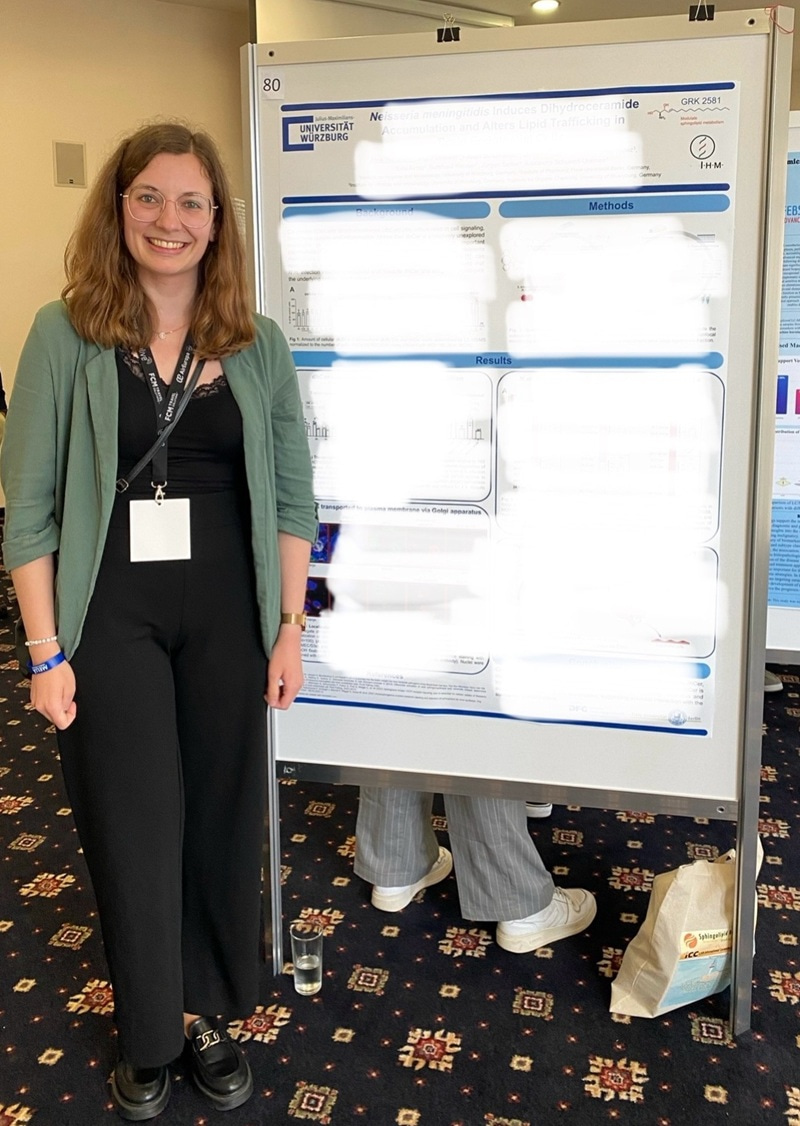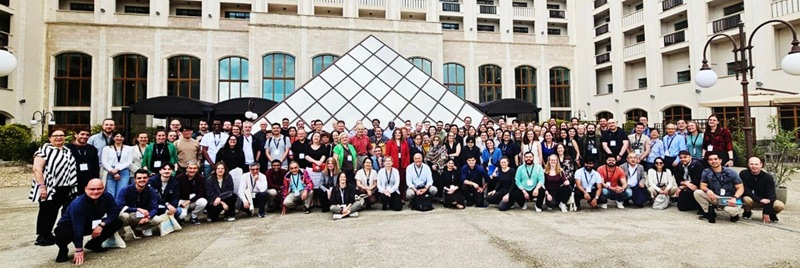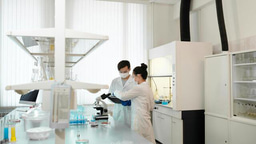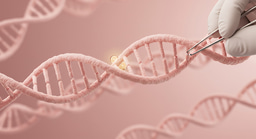Attending a FEBS Special Meeting on sphingolipid biology

My journey to attending the FEBS Special Meeting “Sphingolipid Biology, Breaking Boundaries / 13th International Ceramide Conference”, in Varna, Bulgaria (25–30 May 2025) began when one of my collaborators told me about it and encouraged me to participate. He was convinced that my research would fit perfectly at this event. When I started to inform myself about this conference, I realized that I already participated in several 'Sphingolipid Webinars' organized by the same community, which were always great and inspiring. The upcoming program and the lineup of invited speakers of the conference were fantastic, and I was eager to attend.
Getting there
However, our limited travel funding was a challenge. I discovered two opportunities on the conference website, which could help me to participate: the FEBS Young Travel Fund Award”and the SLBiol Young Researchers Contest, where the winner would receive a free registration. My supervisor Prof. Dr. Alexandra Schubert-Unkmeir encouraged me to apply for the contest and, to my excitement, my abstract was selected as one of five presentations. The contest took place in January with around 150 attendees, and after all the talks, the audience was able to vote for the winner. And it actually worked! I won the contest and with this I got the great opportunity to participate in the conference. I was really happy and incredibly grateful.
From abstract to new collaborations
A few weeks before the conference, I received even more exciting news. My abstract was selected for both a short talk and a poster presentation. I was so happy about this, because it gave me the perfect chance to share my work and get valuable feedback from outstanding scientists in this field. The conference venue was a five-star all-inclusive hotel on the Golden Sands beach, in Varna, Bulgaria, equipped with a pool, gym, sauna and direct beach access. But beyond the location, I was even more impressed by the warm and open atmosphere of the sphingolipid community. It was a big advantage that all sessions and accommodations were in one place, as it was much easier to meet people, exchange ideas and make meaningful connections.
The talks were incredibly interesting, and I had the privilege to listen to top sphingolipid scientists, which allowed me to expand my knowledge by getting new insights into different sphingolipid areas. The poster session was one of the most exciting experiences I have had during my PhD so far. I was genuinely overwhelmed by the interest shown in my research and the feedback to my project. So many people visited my poster, and everyone was impressed with my data and methods. Giving a talk was also an amazing experience. I received lots of questions and encouraging comments about my presentation. The valuable feedback and suggestions were incredibly important and helpful. The conference was an excellent opportunity to start networking within the sphingolipid community, as many groups from around the world attended and presented their work. It offered me the unique chance to speak to many researchers. In addition, I was able to initiate a new collaboration, which is a great benefit because it covers a very interesting and important aspect in my project.
Sharing the research
My research focuses on the altered sphingolipid trafficking in brain endothelial cells following infection with Neisseria meningitidis. In particular, I am investigating the accumulation and transport of the sphingolipid dihydroceramide induced by Neisseria meningitidis, as well as its subsequent biological role. In some rare and still little-known cases, Neisseria meningitidis can invade brain endothelial cells, resulting in life-threatening meningitis. To prevent this invasion, targeting the sphingolipid metabolism represents a potential avenue for adjunctive therapeutic strategies. Since there has been little scientific research on dihydroceramide so far, it was a great opportunity for me to give other researchers an insight into this area, as well as an insight into the role of sphingolipids in infectious diseases, which is a very important but mostly overlooked area in sphingolipid research.
I would like to tell you a bit more about my academic background. Originally, I am from Germany, where I also did my bachelor’s and master’s degrees in food chemistry in Würzburg. However, I decided to do my master thesis on a microbiology project, which introduced me to the fascinating world of sphingolipids. I was very impressed about the master’s project and, in addition, I got the opportunity to stay in the same lab for my PhD. Within one week I had decided to change my future career plans and started my PhD a few months later, continuing my work on dihydroceramide.
A useful opportunity
To summarize, this conference was an invaluable experience. The organizers put together such a well-planned and engaging event. The talks were incredibly interesting and I was grateful for the opportunity to present my own research through both an oral presentation and a poster. I truly appreciated all the networking, insightful discussions, fresh perspectives, and new ideas that emerged throughout the week. I am excited about the new collaborations and look forward to working together. I am also very grateful to have received the 'SLBiol Young Researchers Best Presentation' award, which made my participation possible. Thank you to everyone who made this experience unforgettable.





Photos by the author, with the group photo provided by the course organizers.



Join the FEBS Network today
Joining the FEBS Network’s molecular life sciences community enables you to access special content on the site, present your profile, 'follow' contributors, 'comment' on and 'like' content, post your own content, and set up a tailored email digest for updates.